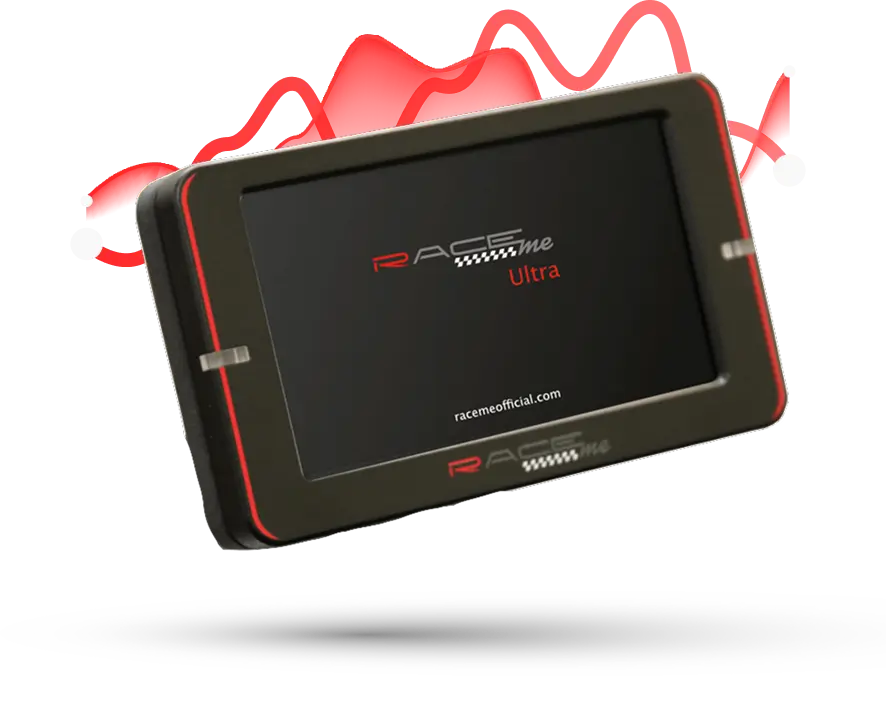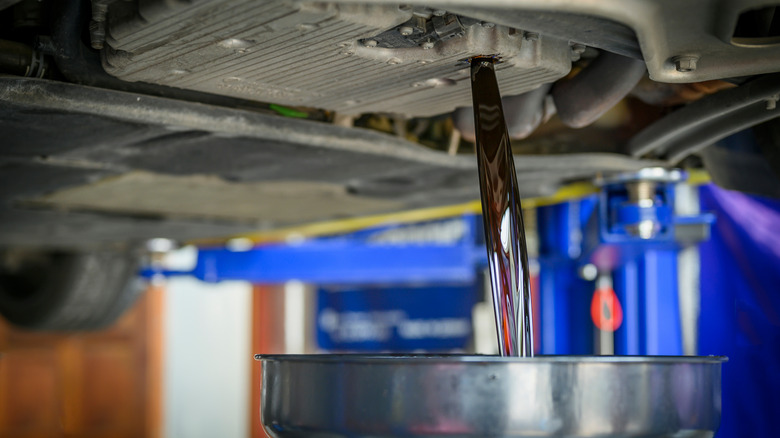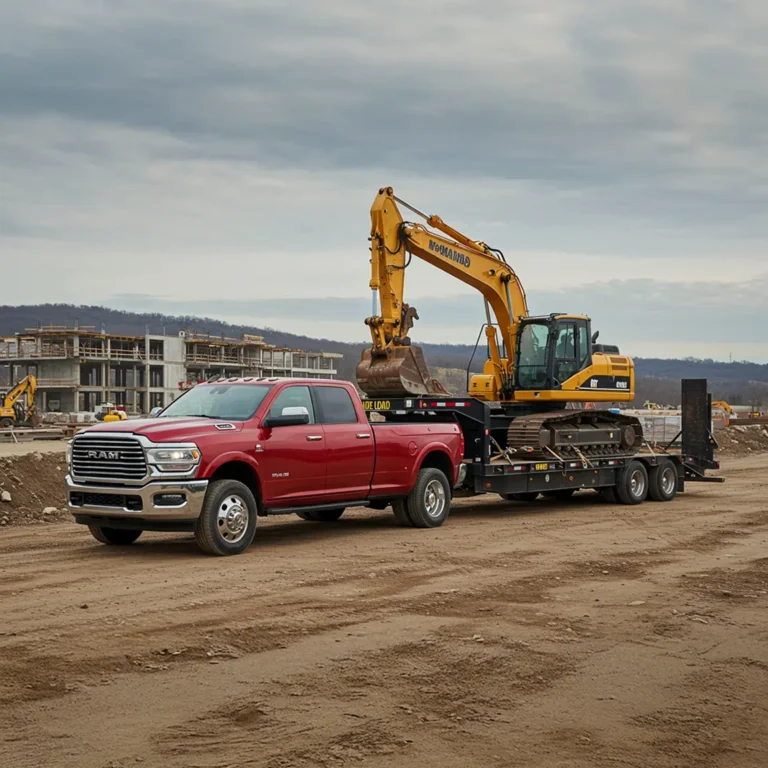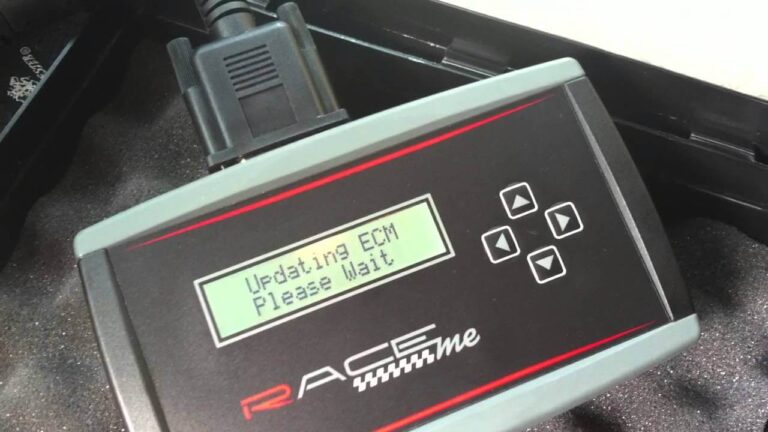If you own a Cummins-powered Dodge Ram, you’ve probably heard the term “delete kit” more times than you can count. Forums, YouTube tutorials, and workshop banter are full of talk about DPF deletes, EGR deletes, and DEF system removals. And yes — the idea of deleting your emissions systems sounds tempting. More power, better fuel economy, no more clogged filters or limp mode surprises.
But before you plug in your tuner, there’s a lot more to understand. This article takes a deep, realistic look into what these systems actually do, why they cause so much frustration, and what really happens when you delete them.
Understanding the Modern Diesel Emissions System
Let’s start with the basics — or rather, the not-so-basic. Modern diesel trucks, especially 2007+ Dodge Rams with 6.7L Cummins engines, are equipped with a trio of emissions components designed to meet stringent EPA standards:
- EGR (Exhaust Gas Recirculation)
- DPF (Diesel Particulate Filter)
- SCR/DEF (Selective Catalytic Reduction with Diesel Exhaust Fluid)
Each system plays a different role, but all have the same mission: to reduce emissions and make your truck “cleaner.”
The EGR system recirculates a portion of exhaust gases back into the intake to reduce combustion temperatures — and with them, NOx emissions. The DPF captures soot particles and burns them off during regeneration cycles. And the SCR system, using DEF fluid, converts remaining NOx into harmless nitrogen and water.
Why Truck Owners Consider Deleting Their Emissions Systems
Let’s be honest — no one deletes their DPF for fun. They do it because they’re tired of the issues it brings. Among the most common frustrations:
- DPF clogging and forced regens that kill productivity.
- EGR valve failures that coat your intake with carbon sludge.
- Limp mode triggers that disable power in the middle of a tow.
- Increased fuel consumption during regeneration cycles.
- Shorter lifespan of engine
The Legal and Environmental Reality
Deleting your emissions systems is not street legal in the United States, Canada, or the European Union for on-road use. Period.
Federal law under the Clean Air Act prohibits tampering with or removing emissions control equipment from any vehicle used on public roads. Violations can result in massive fines, both for individuals and shops performing the deletes.
That’s why RaceMe make it clear that their tuners are “for off-road and competition use only.” If you’re using your truck on a farm, private property, or for sanctioned race events, you’re generally in the clear. But once you take that deleted truck on a public road — you’re assuming a legal risk.

The Technical Side of a Delete
If you’re a mechanic or seasoned truck owner, you know deleting a truck isn’t just about removing a few pipes and sensors. Done right, it’s a complex mechanical and software process that requires precision and understanding.
Here’s what typically happens during a complete emissions delete:
- DPF removal – The particulate filter and associated sensors (pressure, temperature) are removed and replaced with a straight or performance exhaust pipe.
- EGR delete – The EGR valve, cooler, and connecting piping are either blocked off or completely removed, depending on the kit.
- DEF system disable – The DEF tank, injector, and associated wiring are disconnected.
- ECU tuning – A specialized tuner, such as the RaceMe Ultra, is used to reprogram the engine control unit to prevent error codes, stop regeneration cycles, and optimize fueling and timing. Never forget to isolate all open connectors not to get odd DTC’s (very Important)
Performance Gains
One of the biggest reasons truck owners go for deletes is the promise of huge horsepower and torque gains. And yes, deleting restrictive emissions systems can unleash serious power.
Typically, a well-tuned 6.7L Cummins with deleted EGR/DPF and a high-flow exhaust can see:
- Up to 200 HP increase
- Improved throttle response
- Reduced turbo lag
- Far Lower EGTs (Exhaust Gas Temperatures)
- Better fuel economy (up to 10–15%)
However, without a proper tune or supporting mods — like upgraded injectors, turbo, or intercooler — you won’t magically hit four-digit horsepower.
If you choose to delete, do it smart:
- Use high-quality parts and proven tuners like RaceMe Ultra.
- Work with a qualified mechanic who understands diesel tuning.
- Keep your deleted truck off public roads unless local laws clearly allow it.

RaceMe ULTRA Diesel Tuner
- +200 HP Performance Boost
- Real–Time Monitoring & Tuning
- Easy Plug & Play Install + Updates Free
- DPF/EGR/DEF Delete Options
- Works with RAM 2500 & 3500






